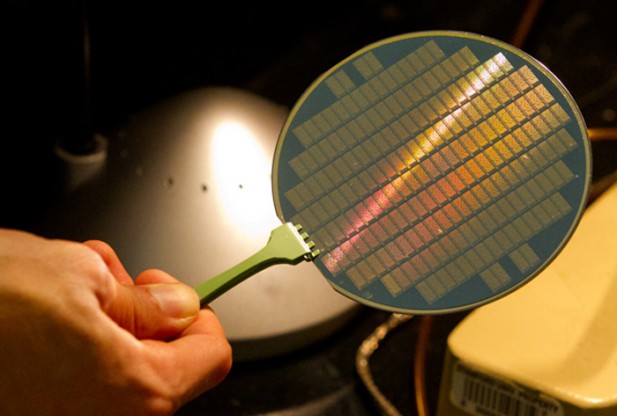
Researchers at Stanford University have managed to construct a computer made entirely of carbon nanotubes – this may result in future computers being both faster and more energy-efficient than today’s computers.
Silicon: End of a Long Road
The hunt is now on to find materials that will replace silicon in the semiconductors of the future. Moore’s law and ever faster computers have been a fact for the past 25 years.
Innovative solutions and ever shrinking production techniques have been the rule. But we now are nearing the end of the road with present semiconductor technology, so we need something new – a breakthrough.
This breakthrough could replace present technology architecture and introduce a whole new playing field. Quantum computers, graphene computers, and optical computers have been proposed.
Carbon Nanotubes
In addition to these, carbon nanotubes is a contender technology and now researchers at Stanford University has announced that they have managed to construct a whole computer using nanotube transistors. Something that has never been done before.
Subhasish Mitra of Stanford University writes, “There have been talks a lot about that carbon nanotubes could lead to a new era in electronics, but no one has shown that it is possible to build a fully digital system”.
This first nanotube computer may not be the fastest or most advanced. It is a big step towards a future computer that will surpass today’s silicon-based computers, in both speed and energy efficiency.
The paper Electronics: The carbon-nanotube computer has arrived has been published in the latest issue of the journal Nature.
______________
Electronics: The carbon-nanotube computer has arrived
____________________________



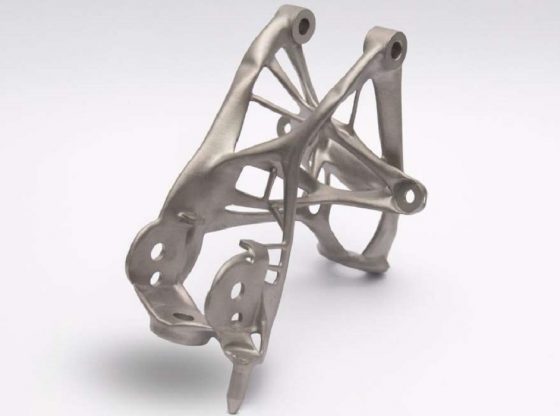

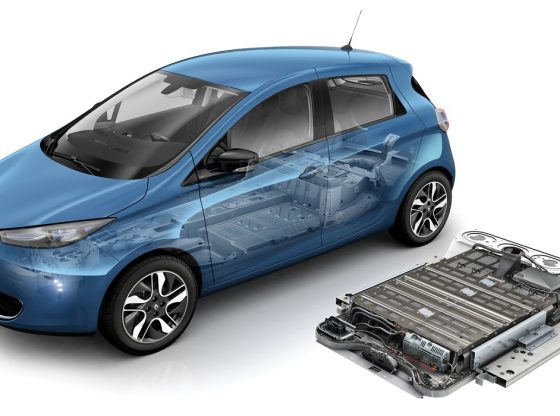
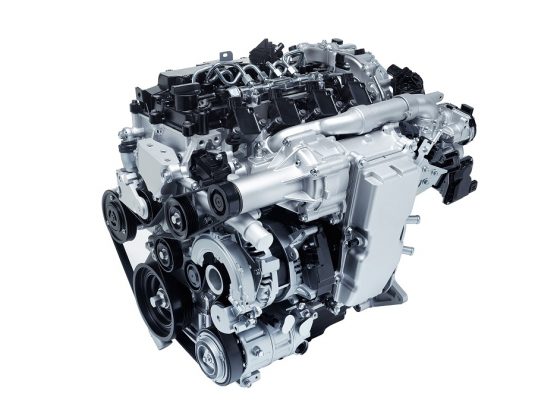
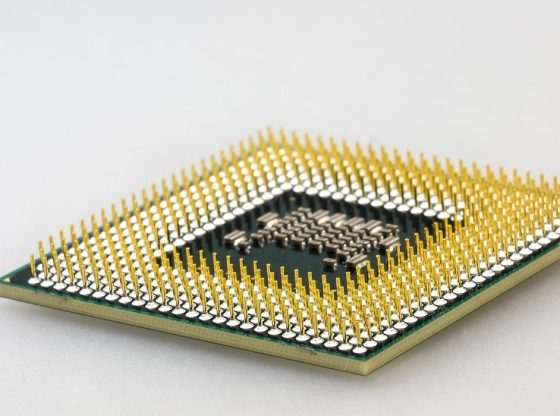


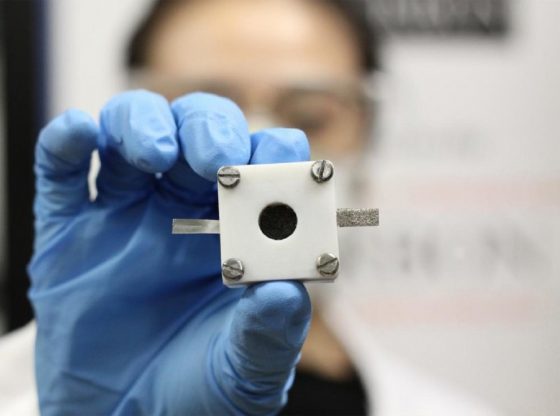
![OpenAI. (2025). ChatGPT [Large language model]. https://chatgpt.com](https://www.illustratedcuriosity.com/files/media/55136/b1b0b614-5b72-486c-901d-ff244549d67a-350x260.webp)
![OpenAI. (2025). ChatGPT [Large language model]. https://chatgpt.com](https://www.illustratedcuriosity.com/files/media/55124/79bc18fa-f616-4951-856f-cc724ad5d497-350x260.webp)
![OpenAI. (2025). ChatGPT [Large language model]. https://chatgpt.com](https://www.illustratedcuriosity.com/files/media/55099/2638a982-b4de-4913-8a1c-1479df352bf3-350x260.webp)








